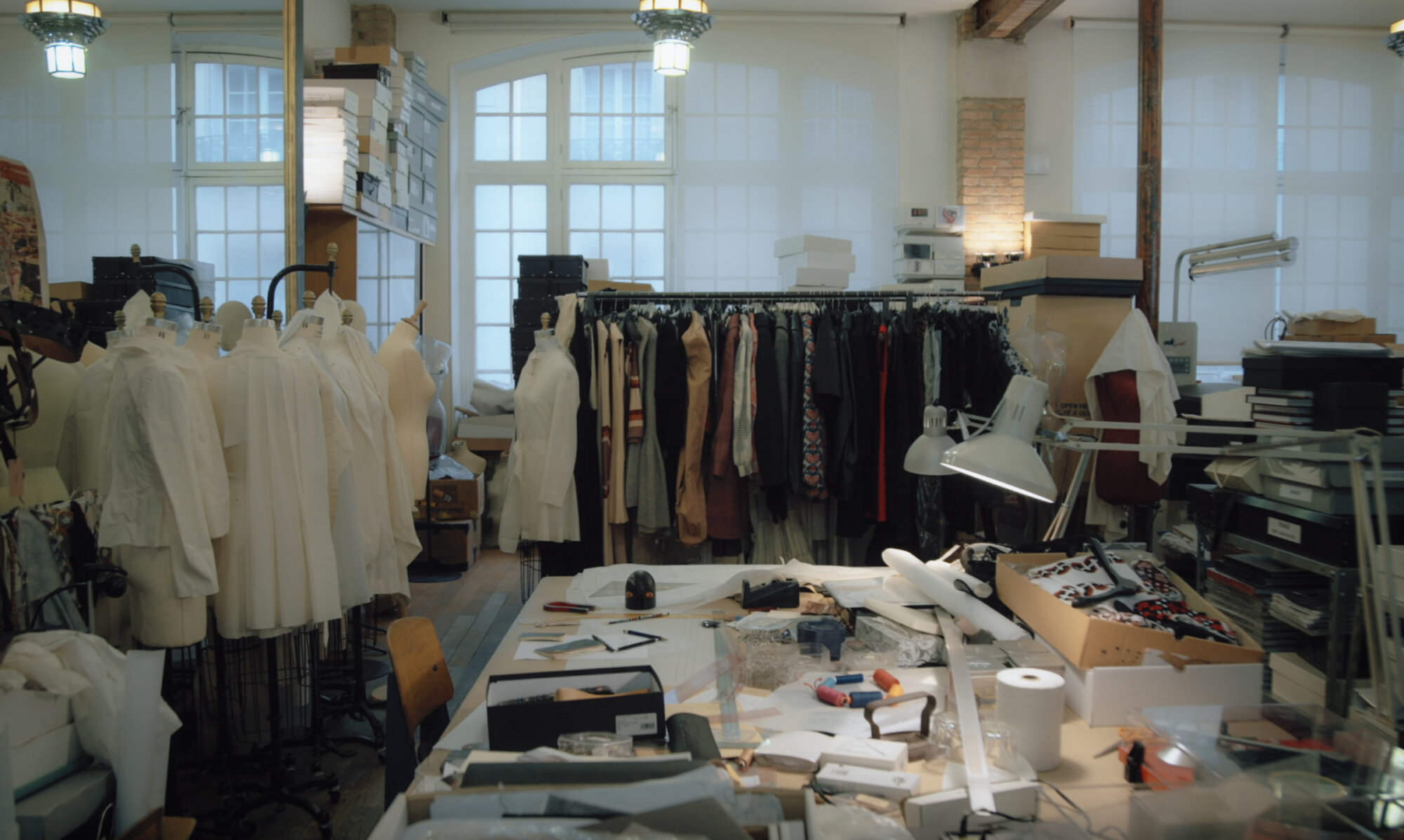Azzedine Alaïa
Azzedine Alaïa (1935-2017) has secured his place in fashion history as one of our times’ great masters of haute couture. His work is recognized and celebrated for his artistic talent and iconic silhouettes, and he continues to influence fashion designers today.
Alaïa takes an unconventional approach during the creation process, set him apart. In his pursuit of an apparently seemingly seamless cut and perfect lines, he preferred to work directly on the body, rather than by sketching. This approach was both unusual and time-consuming, but it did result in perfect tailoring. Form and creation were central to Alaïa. To give himself sufficient time for his time-consuming creations, he began ignoring the standard fashion industry seasons, instead presenting his collections only when he felt they were done. Allowing space for the artistic process was more important than following the tight deadlines of the fashion industry.

Alaïa was born in 1935 in Tunisia. When he was 21, he dreamed of a career in fashion. He moved to paris after studying to be a sculptor at the École des Beaux-Arts in Tunis. Alaïa was taught sowing by his sister, and he worked for a local tailor in Tunis alongside his studies.
When he had completed his studies and arrived in Paris, the fashion world was dominated by masters such as Christian Dior and Cristóbal Balenciaga. Despite his complete lack of any formal tailoring training, he rose to the very top of the fashion world, creating what would become a legendary fashion house.
At the beginning of his career, Alaïa worked for other fashion brands, but he would also see clients at his home, which doubled as a studio. Encouraged by his friends, fashion journalist Melka Treanton and designer Thierry Mugler, for whom Alaïa had also designed, he launched his own fashion house in the early 1980s.
His first collection was exhibited in New York in 1982. It was a success. The American fashion press wrote that “… he is shaping the 1980s”. His exceptional tailoring stood out in a number of ways. Alaïa was a trained sculptor, and his creations were strongly influenced by the sculptural form of expression. He worked freely, often directly on the body, using materials to accentuate and enhance the forms of the body itself. Alaïa’s work was characterized by his innovative approach to structure and intuitive sense of form. His expert tailoring and groundbreaking iconic designs have earned him devoted fans the world over, among them, supermodelsNaomi Campbell, Cindy Crawford and Linda Evangelista, as well as celebrities such as Michelle Obama, Lady Gaga, Madonna and Tina Turner.
Alaïa passed away in 2017, but his work continues to influence the fashion world to this day. For the first time in Scandinavia, exclusively selected couture pieces from collections created over almost four decades are being exhibited. Alaïa was, and still is, a pioneer in the fashion world, and one of our foremost couture masters.







